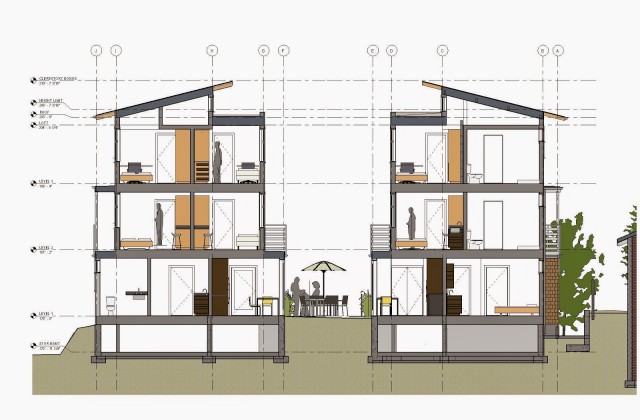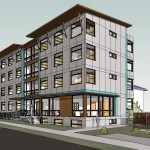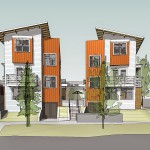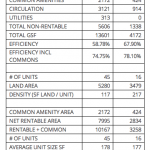Microhousing: A little empirical data and some perspective
David Neiman has been a guest writer here and a voice of sanity on small-lot legislation and microhousing. Neiman is no bomb thrower, and he has a great reputation at City Hall as a reasonable voice for growth but also for the importance of design. He usually wins me over when I suggest that we should get rid of design review entirely.
The fact that such a reasonable voice has been ignored in the microhousing debate is an indication of how far the Council has fallen into the orbit of NIMBYism, presumably to keep their jobs. Nevertheless, here’s a quick highlight of Neiman’s great post that I hope everyone will get a chance to read — especially Councilmembers. Today, the PLUS Committee is likely to wrap up a proposal that will end microhousing as we know it.
Neiman has written a post on his blog that takes a close look at two mircoprojects he’s building that are beautifully designed, but would likely be outlawed by Councilmember Mike O’Brien’s proposal.
We recently designed a couple of micro-housing projects (one under construction and one about to begin) that have pushed the envelope in terms of small-unit housing. Both projects began with clients that gave us a mandate to design micro housing that would support and build community among residents, fit well into its neighborhood, and be a desirable place to live – not just a cheap one.As the city council seems suddenly poised to regulate private congregate housing out of existence, we thought it would be a good opportunity to review these projects in some detail.
Unit sizeThe current legislation proposes a minimum of 220sf for small studio apartments as a minimum standard of habitability. The average room size in both projects is about 177sf, but there are also common spaces in addition to the private rooms. When you include and pro-rate all of the common space, Marion and Ravenna have an average unit size of 226sf and 204sf respectively. In the case of Marion, it’s really not more “dense” than a conventional studio apartment building. Rather, the building areas have been re-allocated with a little less going into the individual private rooms and more going into the commons. Which is better for human welfare – a little more private space with more isolation, or a little less private space and more interaction with your neighbors? I’m not sure there is a right answer, and I’m not sure it makes sense to for the council to outlaw one type and mandate the other.





